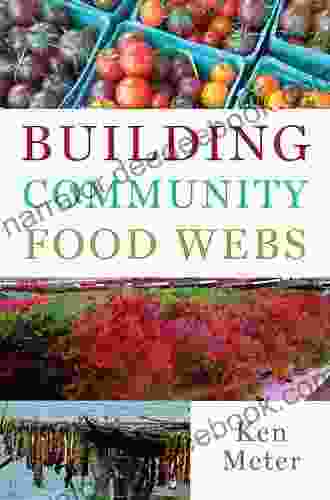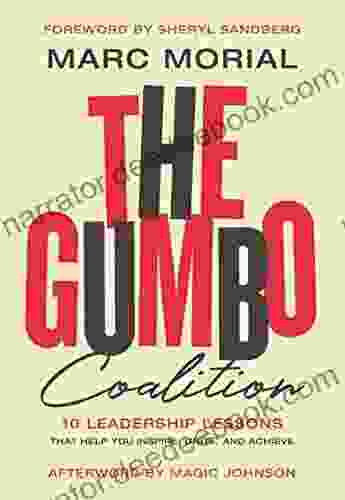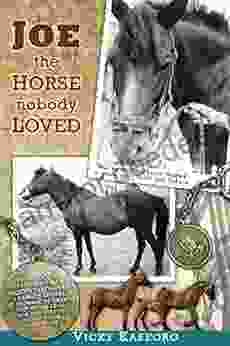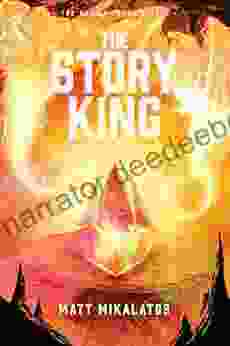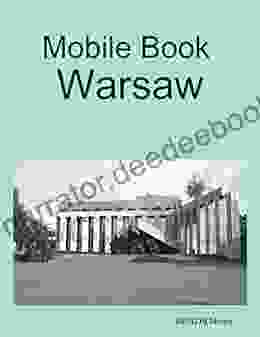Building Community Food Webs: An Essential Guide to Creating Sustainable, Resilient Communities

A community food web is a network of relationships between people, organizations, and businesses that work together to produce, distribute, and consume food. Food webs can be local, regional, or national, and they can involve a variety of different types of participants, including farmers, food processors, retailers, restaurants, schools, and community organizations.
Community food webs are essential for creating sustainable, resilient communities. They provide a way to connect people to their food sources, support local businesses, and reduce the environmental impact of our food system.
There are many benefits to building a community food web. Some of the most important benefits include:
5 out of 5
| Language | : | English |
| File size | : | 2003 KB |
| Text-to-Speech | : | Enabled |
| Enhanced typesetting | : | Enabled |
| Word Wise | : | Enabled |
| Print length | : | 307 pages |
| Screen Reader | : | Supported |
- Increased access to healthy food: Community food webs can help to increase access to healthy food for all members of the community, including low-income families and people of color. This is because food webs can provide a variety of ways to get fresh, local food, such as farmers markets, CSAs, and community gardens.
- Support for local businesses: Community food webs can help to support local businesses, such as farmers, food processors, and retailers. This is because food webs provide a direct connection between producers and consumers, which can help to reduce costs and increase profits.
- Reduced environmental impact: Community food webs can help to reduce the environmental impact of our food system. This is because local food systems require less transportation, which can reduce greenhouse gas emissions. Additionally, community food webs can help to promote sustainable farming practices, which can protect soil and water quality.
- Increased community resilience: Community food webs can help to increase community resilience by providing a way for people to come together and support each other. This is especially important in times of crisis, such as natural disasters or economic downturns.
There are many different ways to build a community food web. The best approach will vary depending on the specific needs of your community. However, there are some general steps that you can follow to get started:
- Identify your community's needs: The first step is to identify the needs of your community. What are the biggest challenges facing your food system? What are the opportunities for improvement?
- Map your community's food assets: Once you have identified the needs of your community, you can start to map the food assets that are available. This includes identifying local farmers, food processors, retailers, restaurants, schools, and community organizations.
- Build relationships: The next step is to build relationships between the different participants in your food web. This can be done through a variety of methods, such as hosting community meetings, organizing workshops, and creating online platforms.
- Develop a plan: Once you have built relationships, you can start to develop a plan for your community food web. This plan should outline the goals of the food web, the activities that will be undertaken, and the timeline for implementation.
- Implement your plan: Once you have a plan in place, you can start to implement it. This will involve working with your partners to implement the activities that have been identified in the plan.
- Monitor and evaluate your progress: It is important to monitor and evaluate your progress as you implement your plan. This will help you to identify what is working well and what needs to be improved.
Building a community food web is a complex but rewarding process. By following the steps outlined in this guide, you can help to create a sustainable, resilient community that is connected to its food sources.
5 out of 5
| Language | : | English |
| File size | : | 2003 KB |
| Text-to-Speech | : | Enabled |
| Enhanced typesetting | : | Enabled |
| Word Wise | : | Enabled |
| Print length | : | 307 pages |
| Screen Reader | : | Supported |
Do you want to contribute by writing guest posts on this blog?
Please contact us and send us a resume of previous articles that you have written.
 Book
Book Chapter
Chapter Reader
Reader Library
Library Paperback
Paperback E-book
E-book Paragraph
Paragraph Sentence
Sentence Glossary
Glossary Foreword
Foreword Annotation
Annotation Scroll
Scroll Tome
Tome Library card
Library card Narrative
Narrative Memoir
Memoir Reference
Reference Thesaurus
Thesaurus Resolution
Resolution Librarian
Librarian Catalog
Catalog Card Catalog
Card Catalog Stacks
Stacks Archives
Archives Periodicals
Periodicals Study
Study Scholarly
Scholarly Lending
Lending Reserve
Reserve Special Collections
Special Collections Interlibrary
Interlibrary Literacy
Literacy Study Group
Study Group Thesis
Thesis Dissertation
Dissertation Storytelling
Storytelling Awards
Awards Reading List
Reading List Book Club
Book Club Theory
Theory Stephen Inwood
Stephen Inwood Michael Haupt
Michael Haupt Sally Pinhey
Sally Pinhey Nick Newlin
Nick Newlin Iain Mclean
Iain Mclean Dorothea Chan
Dorothea Chan William Ware
William Ware Kerry Greenwood
Kerry Greenwood Dmitriy Ganich
Dmitriy Ganich Rob Vlock
Rob Vlock Katherine E Stiles
Katherine E Stiles Paul Larney
Paul Larney Angelicah
Angelicah Marjorie Weinman Sharmat
Marjorie Weinman Sharmat Gerrit Grundling
Gerrit Grundling Victor R Greene
Victor R Greene William Robert Stanek
William Robert Stanek Sally Rippin
Sally Rippin Rae B Lake
Rae B Lake Leonardo Acosta
Leonardo Acosta
Light bulbAdvertise smarter! Our strategic ad space ensures maximum exposure. Reserve your spot today!

 Henry Wadsworth LongfellowGrammar, Punctuation and Spelling Study Ages 11+ CGP KS2 English SATS
Henry Wadsworth LongfellowGrammar, Punctuation and Spelling Study Ages 11+ CGP KS2 English SATS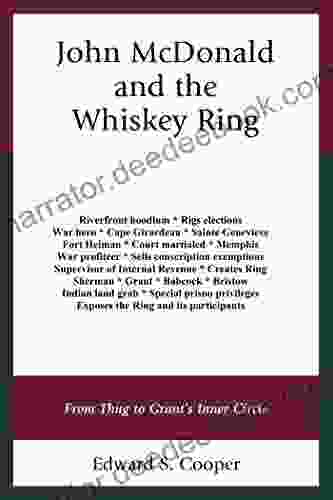
 Corbin PowellJohn McDonald and the Whiskey Ring: A Tale of Corruption and Bootlegging in...
Corbin PowellJohn McDonald and the Whiskey Ring: A Tale of Corruption and Bootlegging in... Anton FosterFollow ·6.8k
Anton FosterFollow ·6.8k Maurice ParkerFollow ·18.2k
Maurice ParkerFollow ·18.2k Neil GaimanFollow ·5.6k
Neil GaimanFollow ·5.6k Emanuel BellFollow ·11.8k
Emanuel BellFollow ·11.8k Hank MitchellFollow ·17k
Hank MitchellFollow ·17k Carson BlairFollow ·17.8k
Carson BlairFollow ·17.8k Ernest HemingwayFollow ·8.3k
Ernest HemingwayFollow ·8.3k Junichiro TanizakiFollow ·14.6k
Junichiro TanizakiFollow ·14.6k

 Abe Mitchell
Abe MitchellUnveiling the Urban Cheating Rich System: A Comprehensive...
In today's complex and ever-evolving urban...

 Preston Simmons
Preston SimmonsSelection, Processing, and Care of Reeds: A Comprehensive...
Reeds are essential...
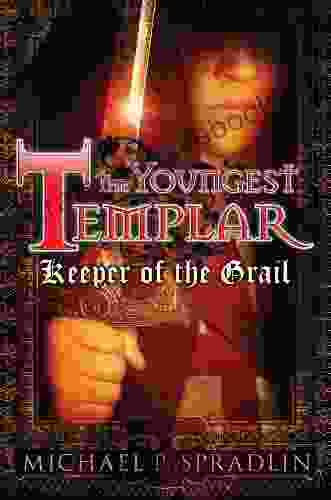
 Rob Foster
Rob FosterKeeper of the Grail: The Youngest Templar
Prologue: A Sacred...
5 out of 5
| Language | : | English |
| File size | : | 2003 KB |
| Text-to-Speech | : | Enabled |
| Enhanced typesetting | : | Enabled |
| Word Wise | : | Enabled |
| Print length | : | 307 pages |
| Screen Reader | : | Supported |


